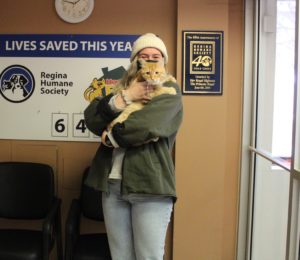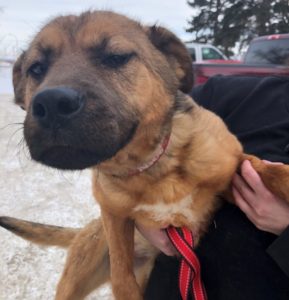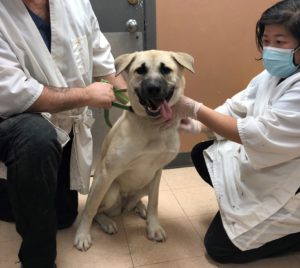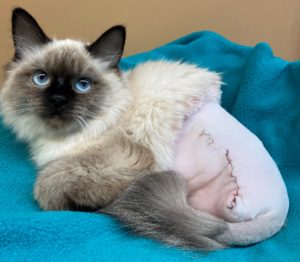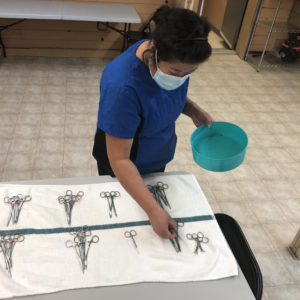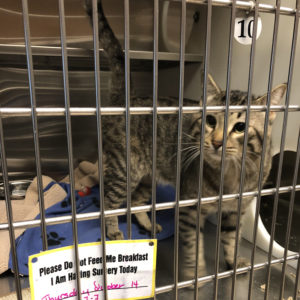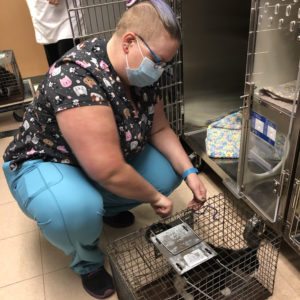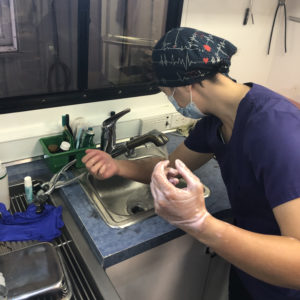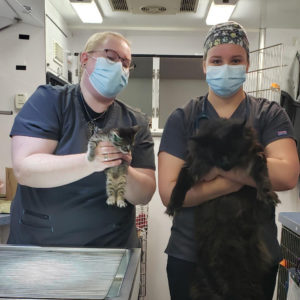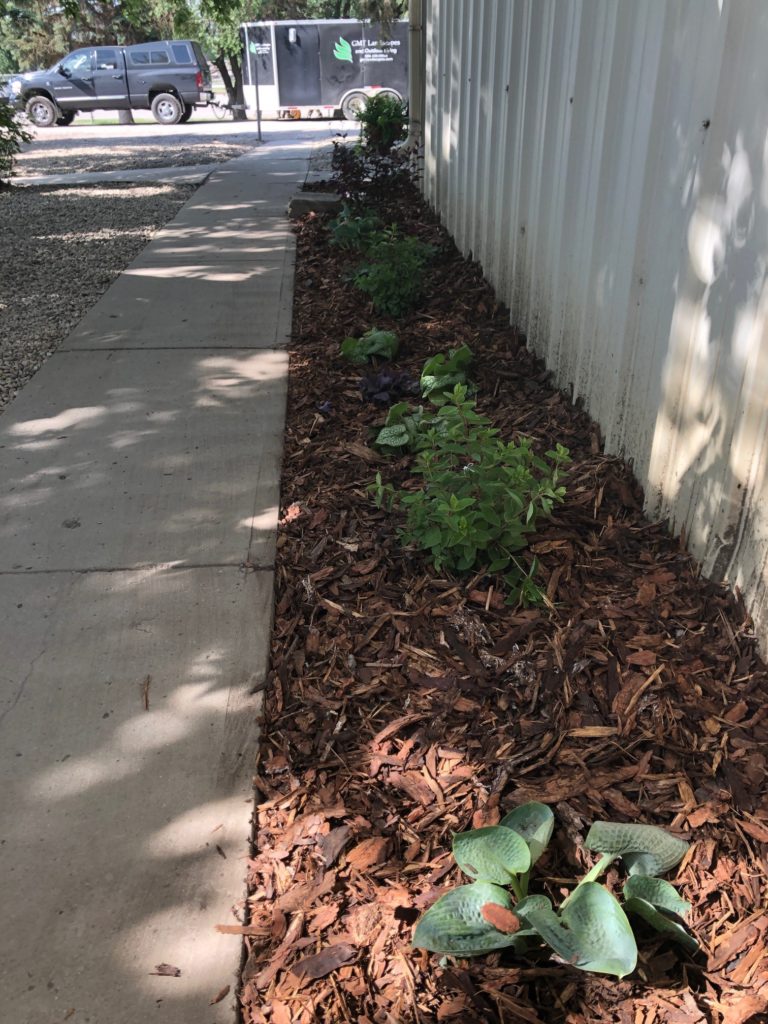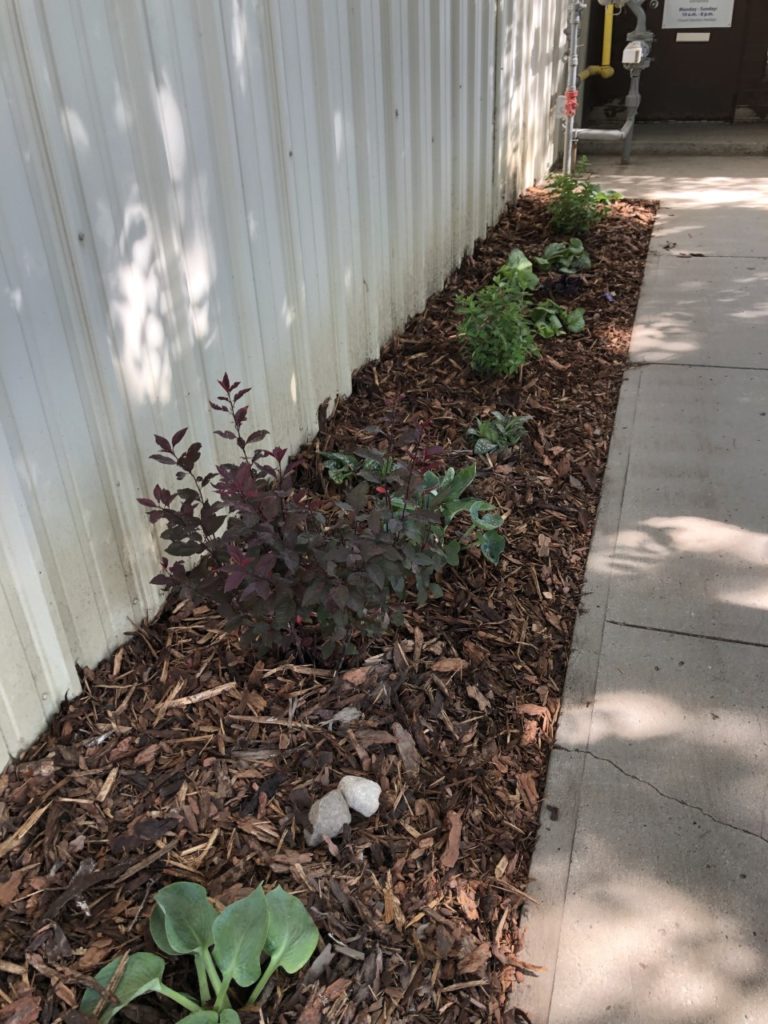There are often a lot of questions asked about feeding our pets – how often, how much, what kind of food. These questions are best answered in consultation with your veterinarian so any needs of your specific pet can be addressed. But, what about how to feed your pet?
Feeding can be more than plunking a bowl on the floor. Feeding certainly provides for the physical and nutritional needs of your pet, but it can also offer mental exercise, stimulation and enrichment, particularly for canines. So, why not make it a more engaging experience for them – and for you as well!
Most pet stores will have a variety of games and puzzles that you can use. But, you can also make some great games at home. Here are some safe and simple DIY ways to make your dog’s favourite time of day even more special!
Muffin tins
Spread kibble around the depressions in a muffin tin turned upside down. You can also put it right side up and hide the kibble underneath tennis balls or balled socks placed in the cups.
Paper roll
Before you toss those cardboard rolls found in toilet paper and paper towels, consider turning them into fun, interactive puzzles for your pet! Just fold one end of the roll and place their kibble inside. Then fold the other.
The Cup Game
Place a number of plastic cups around the room, and place a piece of kibble or treat under some of them. Then sit back and watch as your pooch sleuths around trying to discover which cups have hidden treasure.
Snuffle mat
Grab a snuffle mat, a high-pile bathroom mat, or just some fleece strips tied to a rubber mat. Hide the kibble inside the mat and let your companion forage for their food like their ancestors did.
Box puzzles
Hide kibble in a cardboard box filled with crumpled-up newspaper. Make sure to pick up the shredded paper afterward so your dog doesn’t eat it.
Kibble scavenger hunt
You can create a kibble scavenger hunt in a room in your house or outside when it’s not too hot. Place a tracking harness and long leash on your dog and “cue” them to search while they lead you from hiding place to hiding place. This allows you to control the pace of the hunt! Be sure the hiding places are too difficult to find – they may lose interest if they can’t find the treat. Once your dog gets the idea, you can gradually make the hunt more challenging. Remember, if the dog stops looking or shows stress over the game, simply make it easier or take a break for a while.
Make feeding time, fun time, too!
